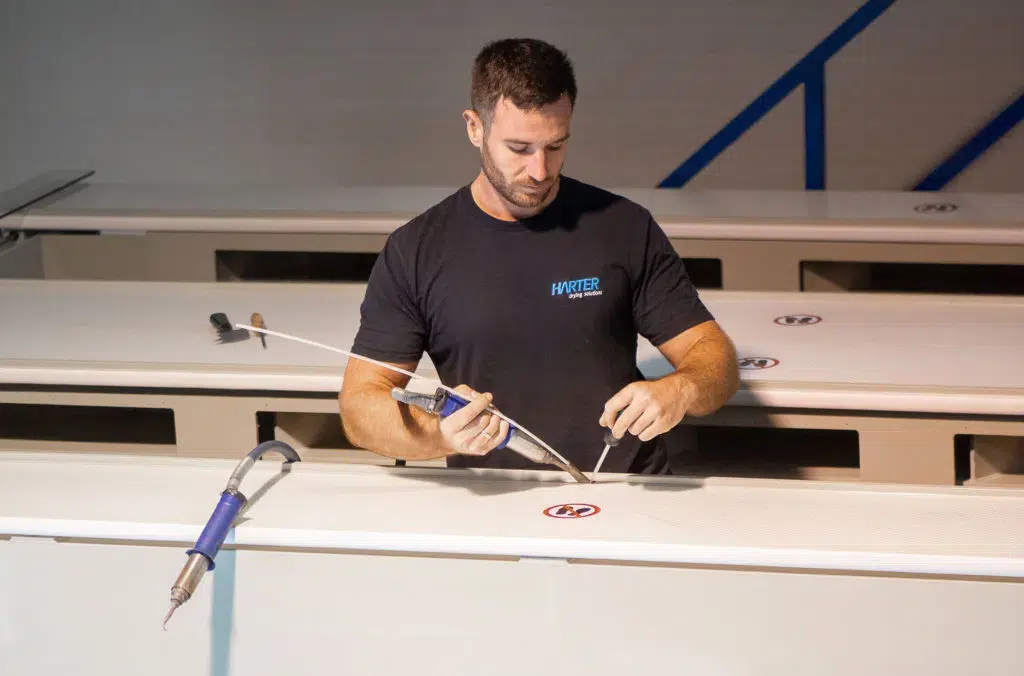Dry and Independent
Drying liquid jelly requires specific parameters to truly enable homogeneous dehumidification. In addition to quality concerns, established technologies often present other critical aspects such as supply and exhaust air, and high energy consumption. A case study of a pharmaceutical manufacturer demonstrates the drying method they have adopted to prepare for the future.
This involves heat pump condensation drying, which is now also utilized by manufacturers of lozenges and confectionery. The applications are indeed similar, regardless of whether the final products are gummy candies or lozenges. In both cases, liquid jellies serve as the starting product, which is filled into appropriate molds. They then require a clearly defined drying process. A manufacturer of medicinal lozenges previously employed a very time-consuming and climate-dependent drying method. Since the jelly must only be dehumidified at low temperatures, the jelly molds required an entire week for drying. This extended period was far from satisfactory for the manufacturer. Furthermore, during this time, an employee constantly had to react to prevailing weather conditions by adjusting the dryer settings. The dryer drew in outside air, and this process air exhibited varying humidity levels daily due to weather, posing a significant challenge. Additionally, the company is situated in an urban area, meaning the outside air is not entirely clean, necessitating a filter system. This entire situation had been unsustainable for a considerable time. The lozenge manufacturer sought to embrace modern technology for future operations.
You can find the complete project report here.
